
Unlocking the Power of Data Visualization with Python
Data VisualizationIn with Python -today’s data-driven world Data Visualization with Python, making sense of vast amounts of information is crucial for businesses to gain insights and make informed decisions. Data visualization with Python plays a vital role in simplifying complex data sets and presenting them visually appealingly. Python, a powerful and versatile programming language, offers a wide range of libraries and tools for data visualization. In this blog post, we will explore the importance of data visualization in SEO (Search Engine Optimization) and delve into how Python can be used to create compelling visualizations that drive organic traffic and enhance SEO performance
Data Visualization with Python
Understanding the Importance of Data Visualization with Python .
- Introduction to Data Visualization:
Begin by discussing the importance of data visualization in gaining insights from complex datasets. Explain how visual representations can simplify data understanding and aid in identifying patterns, trends, and outliers. - Getting Started with Matplotlib:
Introduce Matplotlib, one of the most widely used libraries for data visualization in Python. Cover the basics, including creating line plots, bar charts, scatter plots, and histograms. Discuss customization options such as labels, titles, colors, and styles. - Exploring Seaborn:
Highlight the Seaborn library, which builds upon Matplotlib and offers additional functionalities for statistical data visualization. Cover its capabilities for creating informative box plots, violin plots, heatmaps, and categorical plots. Discuss how Seaborn can enhance the visual appeal and interpretability of your visualizations. - Interactive Visualizations with Plotly:
Introduce Plotly, a powerful library for creating interactive visualizations. Discuss its ability to generate dynamic charts, maps, and 3D plots. Explain how to create interactive dashboards using Plotly’s capabilities and demonstrate the integration with web applications. - Geographic Data Visualization with Folium:
Explore Folium, a library built on top of the Leaflet.js library, is designed for creating interactive maps. Discuss how to plot data on maps, customize markers, and add interactivity to geographic visualizations. Showcase examples of thematic maps, choropleth maps, and point clustering. - Advanced Visualizations with Pandas and Seaborn:
Discuss the integration of Pandas and Seaborn libraries to leverage their capabilities in visualizing data directly from data frames. Cover topics such as grouping data, creating pivot tables, and utilizing Seaborn’s advanced statistical plots for exploring relationships between variables. - Interactive Data Exploration with Panel:
Introduce Panel, a library for creating interactive dashboards and applications. Explain how to build interactive widgets, combine different visualizations, and enable user interaction for exploring data in real time. - Best Practices for Effective Data Visualization:
Provide guidelines for creating effective and aesthetically pleasing visualizations. Cover aspects such as choosing appropriate chart types, using color schemes effectively, incorporating data labels and annotations, and ensuring accessibility. - Case Studies and Real-world Examples:
Include case studies or real-world examples where Python’s data visualization capabilities have been successfully applied. Showcase how different industries or domains have leveraged data visualization to gain insights and make data-driven decisions. - Next Steps and Resources:
Conclude the blog post by suggesting further resources, such as additional libraries, tutorials, and online courses, to help readers continue their journey in data visualization with Python.

Matplotlib is a versatile plotting library in Python that offers a wide range of customization options. Let’s create a line plot using Matplotlib:
import matplotlib.pyplot as plt
# Data
x = [1, 2, 3, 4, 5]
y = [10, 20, 15, 25, 30]
# Create a line plot
plt.plot(x, y)
# Customize the plot
plt.title("Line Plot")
plt.xlabel("X-axis")
plt.ylabel("Y-axis")
# Display the plot
plt.show()Exploring Advanced Visualization with Seaborn:
Seaborn is a statistical data visualization library built on top of matplotlib. Let’s create a heatmap using Seaborn:
import seaborn as sns
# Data
data = [[1, 2, 3], [4, 5, 6], [7, 8, 9]]
# Create a heatmap
sns.heatmap(data)
# Customize the plot
plt.title("Heatmap")
# Display the plot
plt.show()Interactive Visualizations with Plotly:
Plotly allows the creation of interactive visualizations and dashboards. Let’s create an interactive scatter plot using Plotly:
import plotly.graph_objects as go
# Data
x = [1, 2, 3, 4, 5]
y = [10, 20, 15, 25, 30]
# Create a scatter plot
fig = go.Figure(data=go.Scatter(x=x, y=y, mode='markers'))
# Customize the plot
fig.update_layout(title="Scatter Plot", xaxis_title="X-axis", yaxis_title="Y-axis")
# Display the plot
fig.show()Real-world Applications of Data Visualization in Python:

- Financial analysis: Visualizing stock market trends, portfolio performance, and risk analysis.
- Marketing insights: Visualizing customer segmentation, campaign performance, and market trends.
- Healthcare analytics: Visualizing patient data, disease patterns, and medical research findings.
Here are some useful resources for Python data visualization: Explore these resources to enhance your understanding of data visualization techniques and gain hands-on experience with Python libraries.
Remember to optimize the blog post for SEO by including relevant keywords, using descriptive headings, and providing alt text for images. Additionally, consider incorporating visually appealing images and examples to engage readers and make the blog post more shareable on social media platforms.
Table of Contents
Read :https://updategadh.com/how-to-build-an-ai-system-step-by-step-guide/
Latest Post
Share this content:
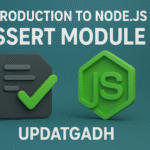
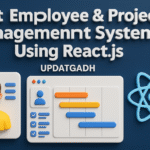
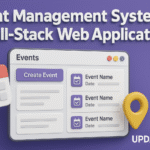
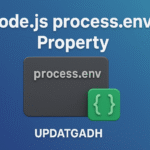



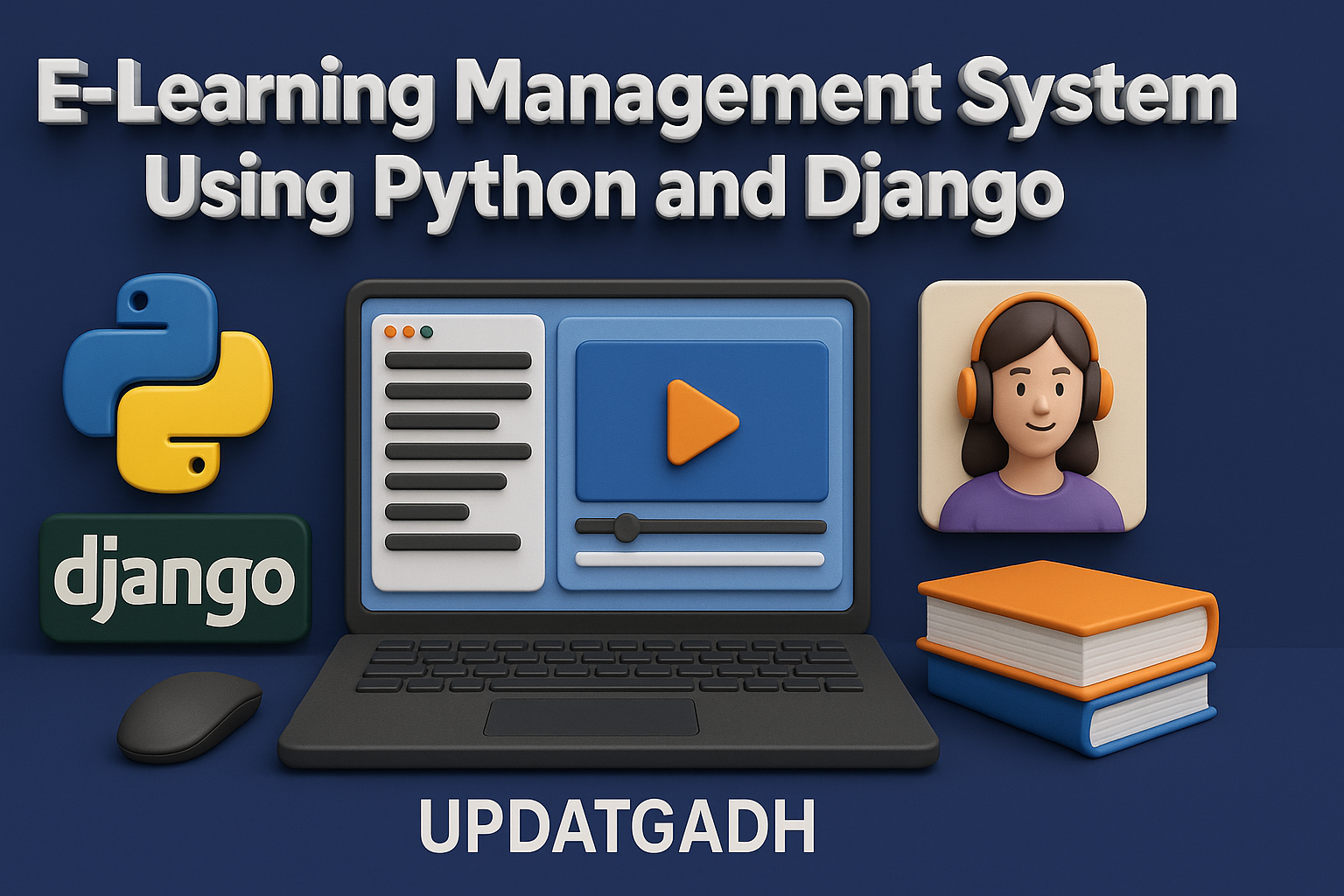
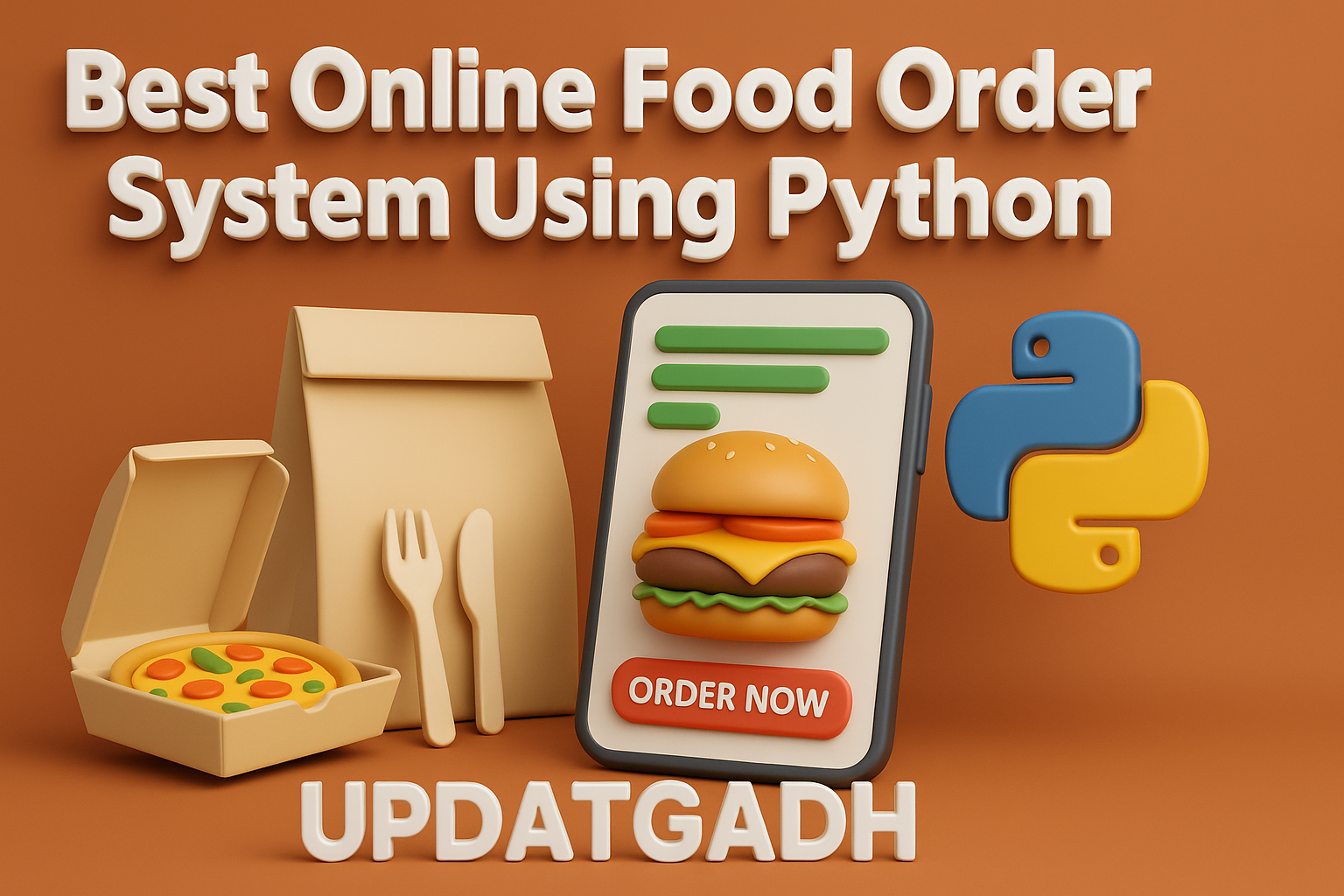
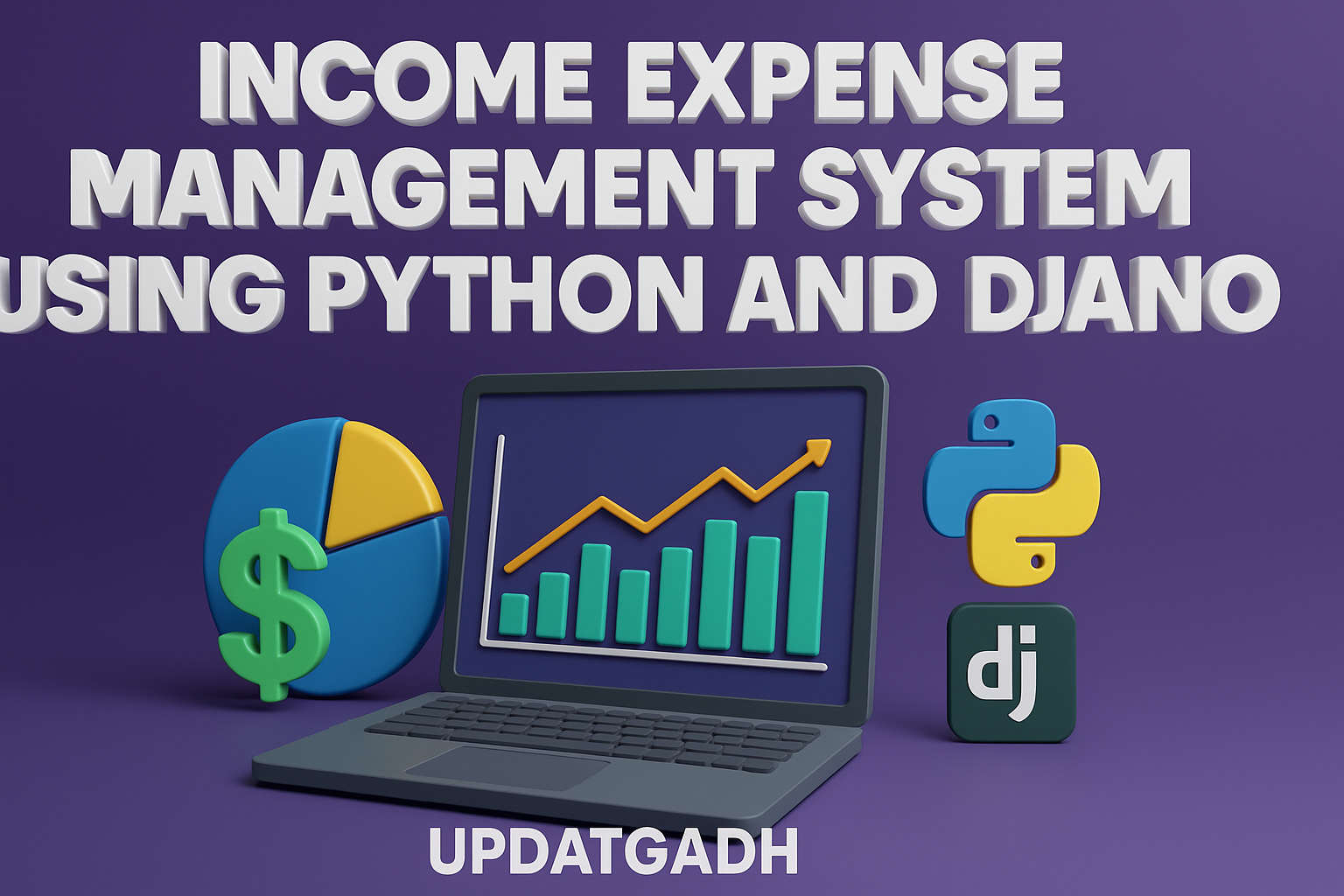
Post Comment